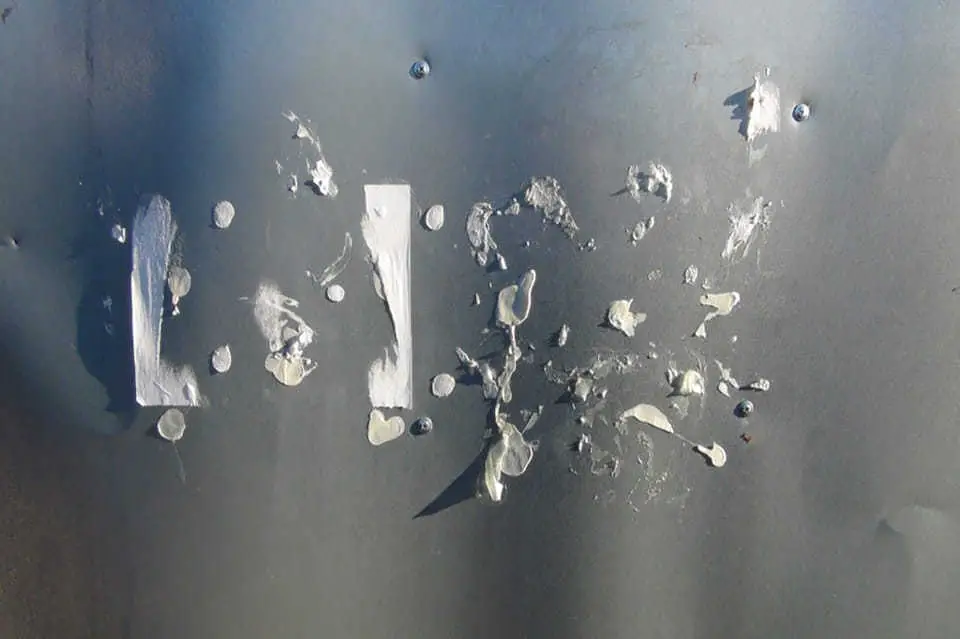
The need to remove adhesives from metal surfaces may sound strange, but it is widespread. They can be any situation; Whether you want to remove old stickers from your closet or just accidentally spill glue on your craft project.
How can you remove glue from metal? Follow the steps below:
- Keep the surface clean.
- Use solvent to soften the glue.
- Scrape off the adhesive.
- Clean up residues.
To learn more about the detailed steps and valuable tips in the process, continue reading the article with Glue Care.
Things You’ll Need
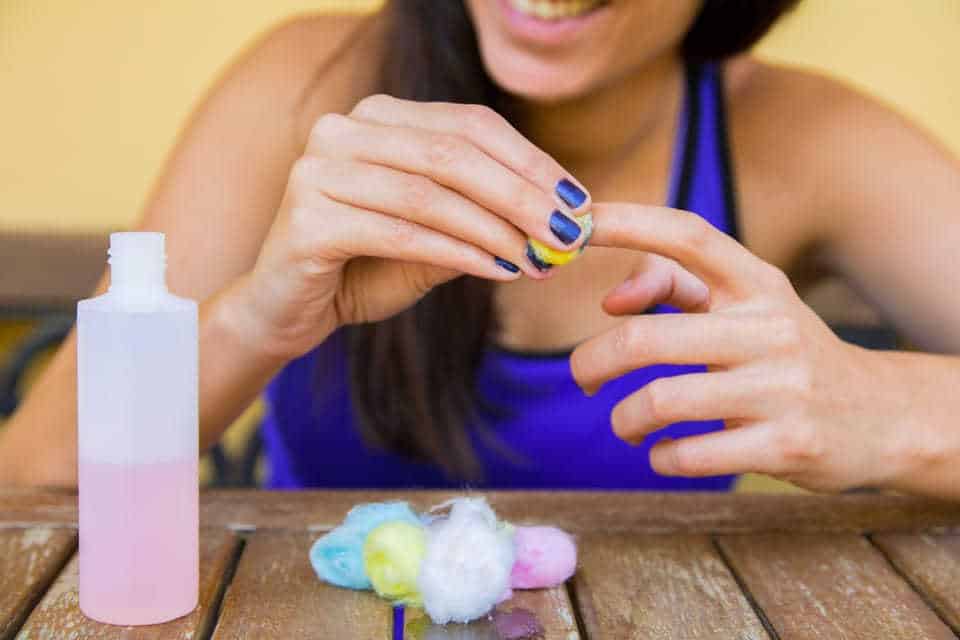
Before embarking on the main work, do not forget to equip yourself with all the tools to support you. Refer to the list to make sure you don’t miss anything.
- Pair of rubber gloves.
- Clean rag.
- Cotton balls or pads.
- Sponge pad.
- Nail polish remover or acetone.
- Plastic razor or putty knife.
Using solvents is the best way to remove adhesive residue without leaving any scratches on the surface. There are many different types of chemicals, each with varying effects on different materials.
How To Remove Glue From Metal? Step-By-Step Guides
This section will show you how best to clean up adhesive from metal. Read on and follow our instructions.
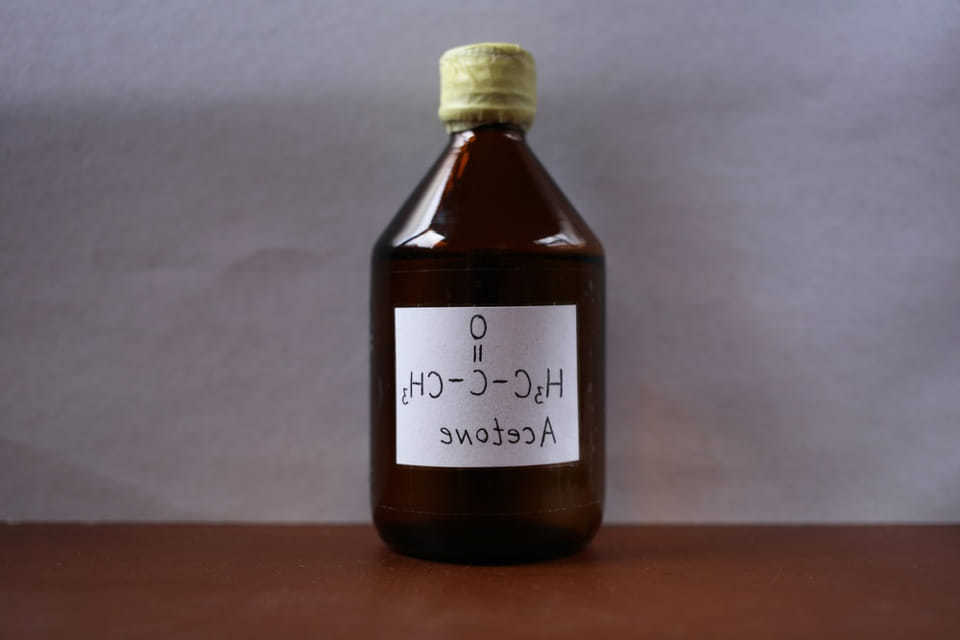
Keeping The Surface Clean
Before you do anything, clean and wipe down your metal surfaces, this action will make the following steps easier and quicker.
Using Solvent To Soften The Adhesive
To be able to remove the nasty adhesive from your metal pad, use acetone.
If you don’t want to use pure acetone, use a bottle of nail polish remover instead. You can also choose other chemicals as long as it includes acetone in their composition.
This ingredient can be quite abrasive to the skin, so you will have to be careful when using it. You will probably need to wear protective gloves to prevent the solution from getting on your hands. For minor adhesive stains, use a cotton swab or cotton ball to rub them into the surface.
Apply a thin layer of liquid to the metal and let it sit for five minutes. It can soften the adhesive layer so that the next step becomes softer.
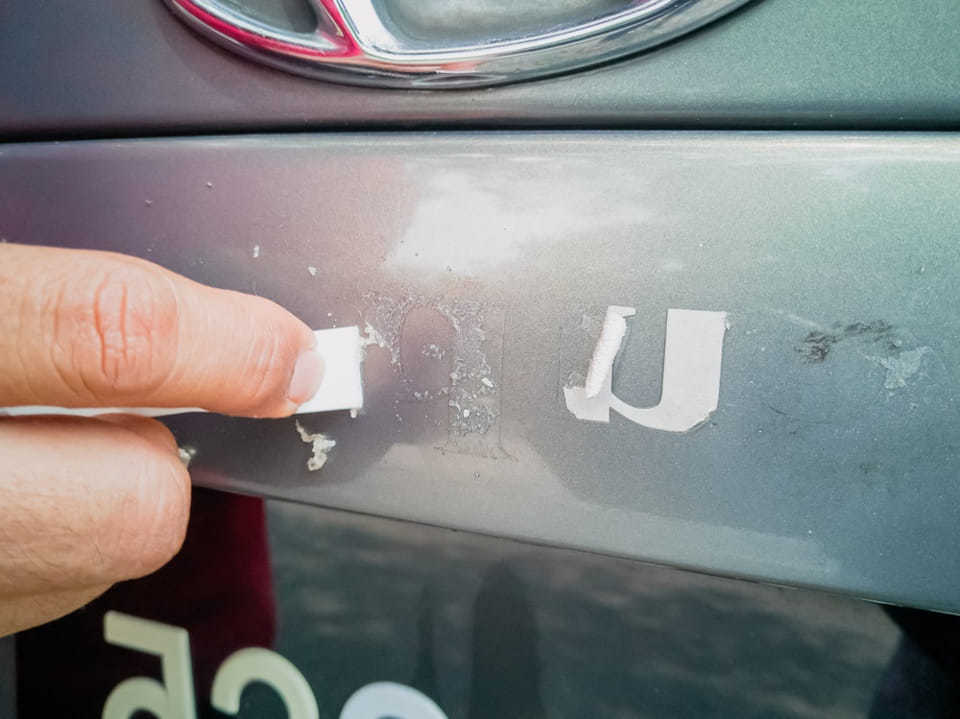
Scraping Off The Adhesive Residue
Once the glue has softened, you can start scraping it off.
The most suitable tool is a paint scraper or any device with a sharp edge. However, you need to be careful when using it as it can damage the surface if handled with force.
Other possible options might be fine sandpaper or credit cards. They can’t shave faster but will certainly reduce the chance of scratching the surface when you’re careless.
If the adhesive is too stubborn or thick, you need to apply more solvent and scrape the surface a few times to remove residue altogether.
Cleaning Up
Any epoxy or super glue can leave some unwanted residue on metal surfaces.
Warm water is the most effective cleaning solution. Mix some soap in warm water and then dip a sponge into it. Gently rub the metal surface, and the residue will slowly disappear.
It is effortless to do and will not leave any marks on the surface.
Finally, use a clean rag to dry.
Frequently Asked Questions
Acetone is an excellent solvent for removing adhesives, but not every household has it on hand. If you’re wondering what to use to remove glue from metal in this case, read on.
What Will Remove Glue Residue From Metal Apart From Acetone?
Use the following chemicals instead of acetone to soften the adhesive. Check to see if you have any on the shelves.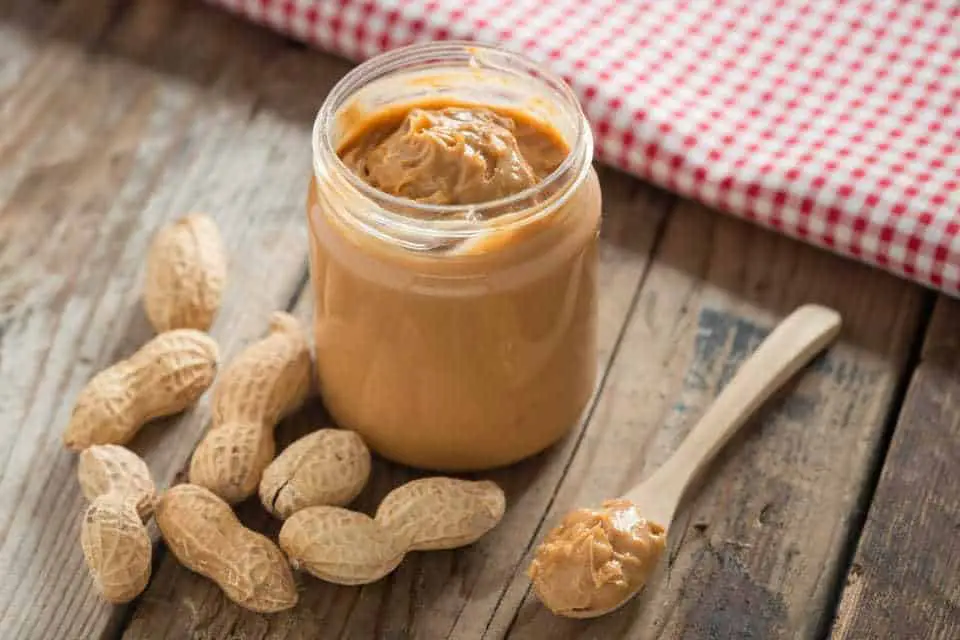
Oily Food
Cooking oils, such as vegetable or canola oil, are a common and popular glue remover. You can also use peanut butter to break up the adhesive.
We believe most people have them in their fridge or on their kitchen counter. It’s a quick solution if you don’t want to go shopping.
Spread butter or oil on the glue and let it sit for an hour. Then use a clean cloth to wipe it off. You can use soapy water and a sponge to polish the surface.
Another solution is to pour cooking oil on the rags and hold them on the glue. Hold for a few minutes, and then start scrubbing gently. This tip also works very well in removing duct tape residue.
Alcohol
Isopropyl or rubbing alcohol is also a helpful ingredient to remove the adhesive from your item. It is excellent for tough stains or small tools.
The steps are similar to what we have instructed. Pour a little liquid on a cloth or cotton pad and apply it to the glue. Wait a few minutes for the liquid to soak in.
If you want to remove sticky residue from your car, rub the stain gently in the same direction as the metal’s grain. The alcohol evaporates very quickly, so cleaning the surface afterward is extremely easy.
White Vinegar
Using acetone indoors requires some safety precautions and air circulation. If you’re concerned about that, use regular distilled white vinegar instead.
Vinegar is acidic enough to corrode the adhesive layers.
Use a cotton swab or cotton ball to dab the vinegar on the glue stain. However, you will have to wait longer because the vinegar takes a long time to work. Usually, we suggest you wait an hour or more.
Use a razor blade or other sharp-edged object to pry off the old glue.
In addition, you can refer to some of the following chemicals:
Mineral spirits.
WD-40.
Hydrogen peroxide.
Denatured alcohol.
In this list, WD-40 is a common and industrial chemical. You can use it for stubborn or significant stains.
Does WD-40 Damage Car Paint?
It won’t damage your paint. Just remember to wash it off with soap and water afterwards.
In addition to preventing bugs from hitting the vehicle, WD-40 is also an excellent choice for bird droppings, tree sap, and dirt that is already stuck in your car.
To learn more about how this solution works, watch the video below.
Final Thoughts
Glue residues on metal surfaces will make your tools ugly and lose their aesthetics. So, don’t forget to clean and polish them regularly to preserve the device better.
Hopefully, our article has given you a more general view of the ability of solvents to remove the glue. Don’t forget to share it if you find it useful.
Thank you for reading!
Related arericle:
- How To Glue Plywood Together? 9 Easy Steps With The Best Glue
- How to Glue Felt To Wood: A Complete Walkthrough From Start-To-Finish

